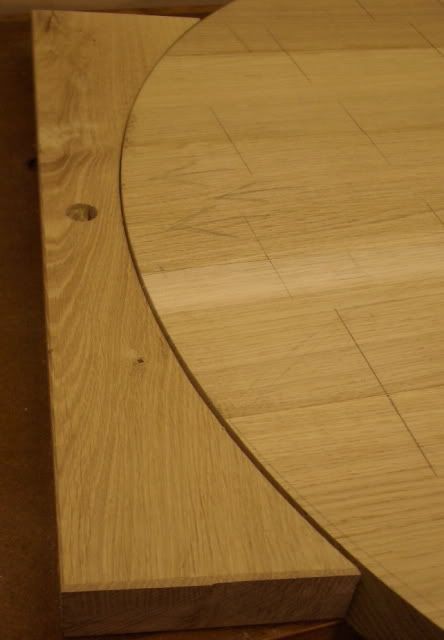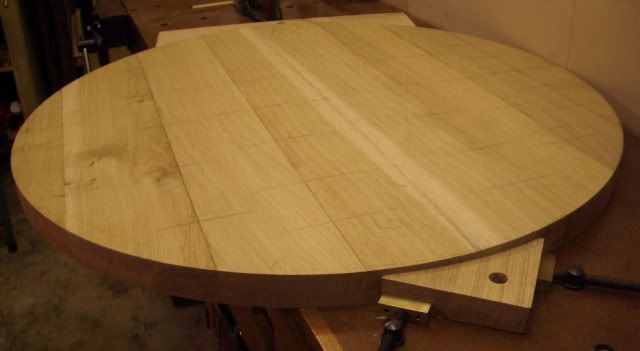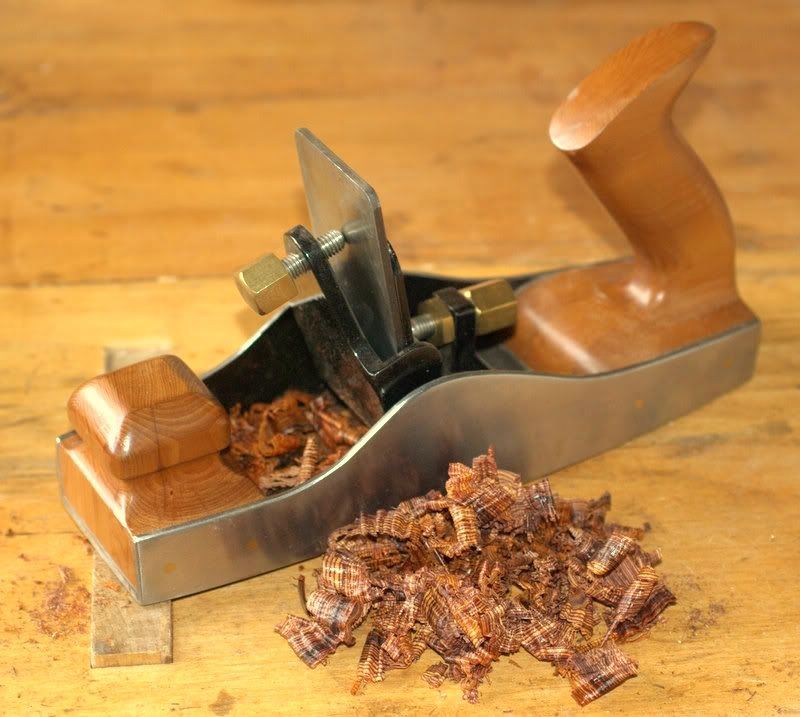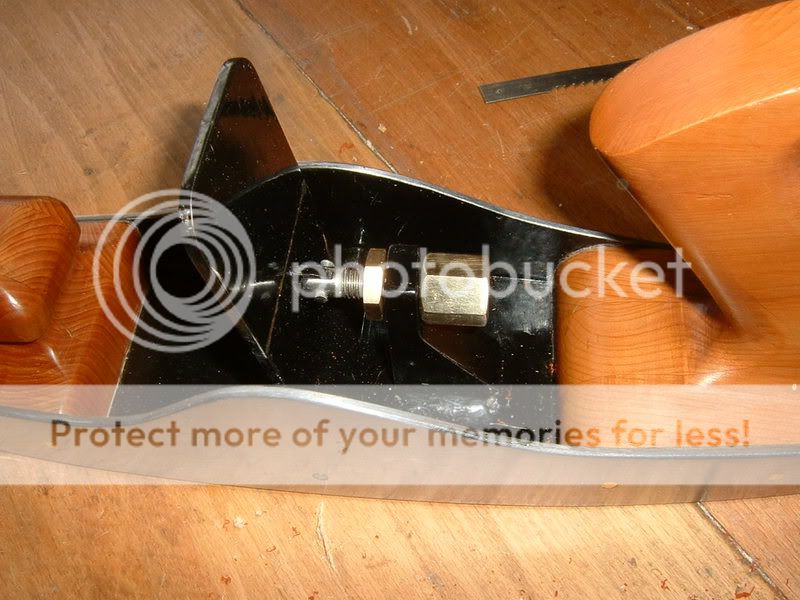Jacob
New Luddism. Awake and resist!
Fair questions.Fromey":1cdchsa0 said:phil.p":1cdchsa0 said:#-o Why does every thread involving planes, chisels and sharpening things end up in the same place? #-o
And with the same people......
1 "same place" - perhaps because there's a long held cultural divide between a traditionalist approach (as represented by Sawyer's post above, which I also support) and a whole set of 'new woodwork' ideas with people fiddling with sharpening techniques, bevels, steels, expensive modern tools, which is fine except that they tend to be somewhat dogmatic (and irritable) about the various quasi-magic formulas they keep turning up with. There is a clue in their tendency to attack the messenger rather than attend to the message.
2 "same people" - because they (we) are the ones interested obviously.
All good fun though!










